MELROSE PARK, Ill. – For some, a person’s cultural identity is defined by their skin color, political affiliation and often, by their sports team. For a few dozen Brazilians living in the Chicago suburbs, that identity comes mainly from their birthplace, family roots and religious background.
The group of about 40 Roman Catholic immigrants from Brazil who get together twice a month at the St. Charles Borromeo church here in west suburban Melrose Park say it’s all about feeling connected to their faith and their people.
“I think most of us miss the warmth of our family and friends in Brazil,” said Luci Mara Tonon, 67, who is originally from the southern Brazilian state of Paraná. “Here we get a chance to travel back to our home country, even if just for a few hours.”
The mass spoken in Brazilian Portuguese started in 1993, soon after an event promoted by the Consulate of Brazil in Chicago to celebrate Brazil’s Independence Day was held at Holy Name Cathedral, in the city’s downtown.
There, a few Brazilian Catholics got in touch, and decided to form the community.
In almost 18 years of gathering, the group has seen many come and go, but a few core parishioners have stayed to this day.
Cida Medeiros, a student at College of DuPage, in Glen Ellyn, said she’s attended masses in English and Spanish before, but the experience doesn’t compare to a service in her native language.
It’s not about being able to understand the language only – it goes beyond that,” said Medeiros, 39. “Especially for us Catholics, it’s also about the community, the people you connect with.”
For the Rev. Anderson Hammes, a Brazilian priest also from Paraná state, most of their parishioners miss Brazil quite a lot and look forward to the church meetings every other Sunday.
“I think when people leave their country behind they start to value things they used to take for granted,” said Hammes, who lived in Colombia and Haiti before moving to Chicago in 2009. “People here miss talking in Portuguese, they miss the national holidays, their costumes and rituals.”
A potluck dinner is always arranged after each service, in the church’s cafeteria located in the basement. There, they set up large round tables for ten people each that resembles a big family meal setting.
“I’ve been living here for 60 years and I still miss Brazilian food,” said Hortência da Costa, a nun from the Brazilian state of São Paulo, which is the center of the Roman Catholic faith in Brazil. “But of course I don’t come only for the food.”
Groups like this are bound together by more than just religion, more than just language, and more than just culture, said Scott Paeth, a professor of religion studies at DePaul University. “It requires a combination of all of these factors to bind a group together in a meaningful way.”
These common elements, said Paeth, give the group a sense of belonging to one another that they might not otherwise have.
“The whole of this group, essentially, is more than the sum of its parts,” he said.
The bonds of background and language can fill in the gaps and prevent the feeling of isolation that can trouble people when they’re new to a place, Paeth said.
“It’s remarkable how often in the history of the United States churches have been the catalyst for the organization of new immigrant communities: The Dutch, the Germans, the Irish, the Scottish, and various Spanish-speaking communities have all gathered around the church as a means of remaining connected with both their religious and cultural roots.”



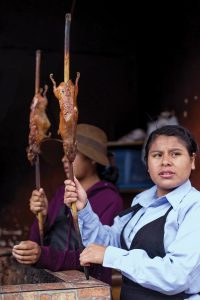
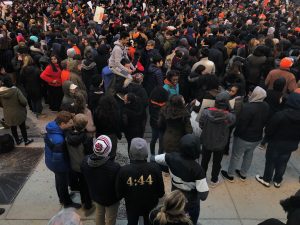
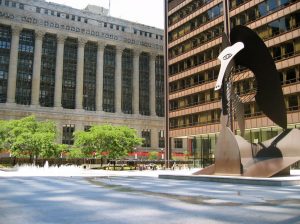
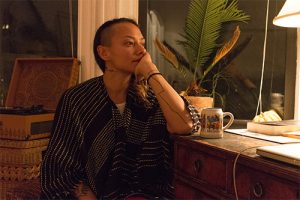

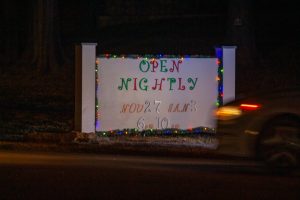
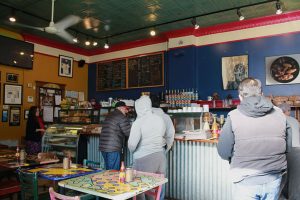



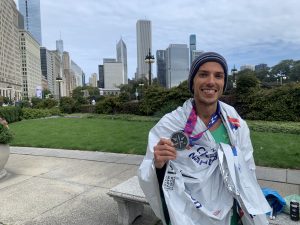




Be First to Comment